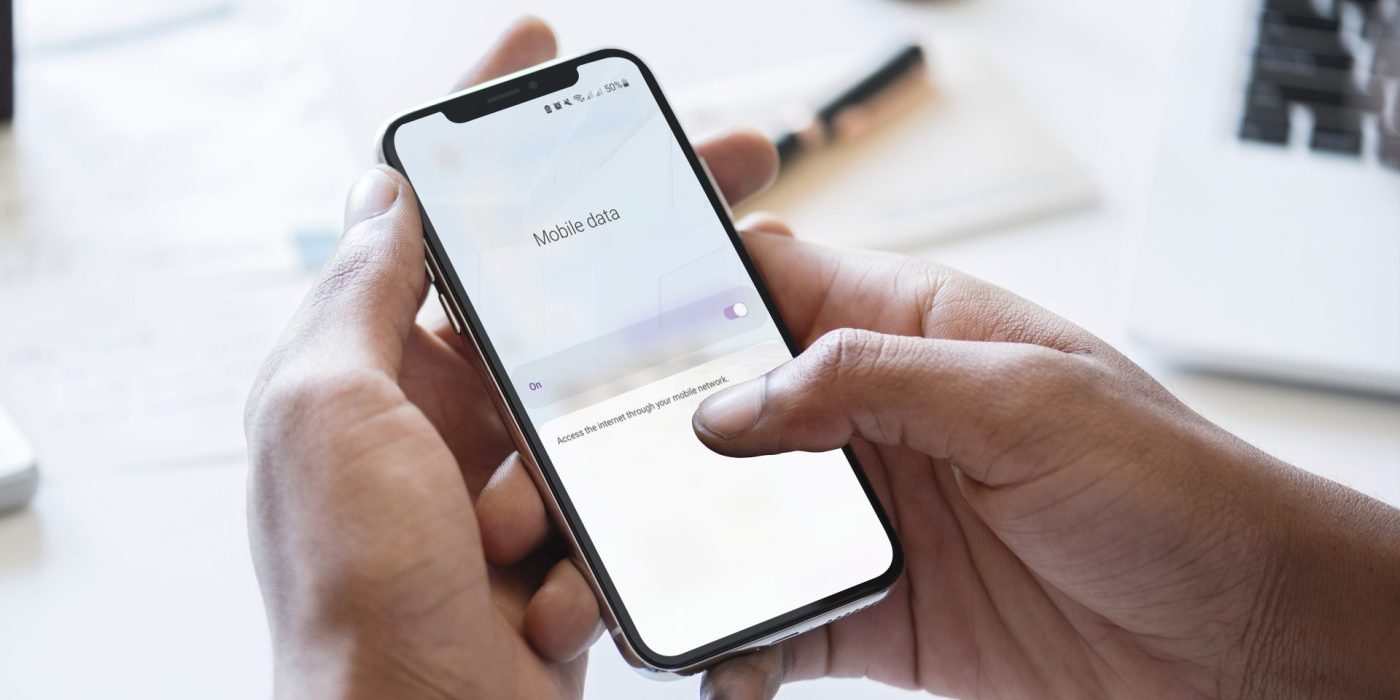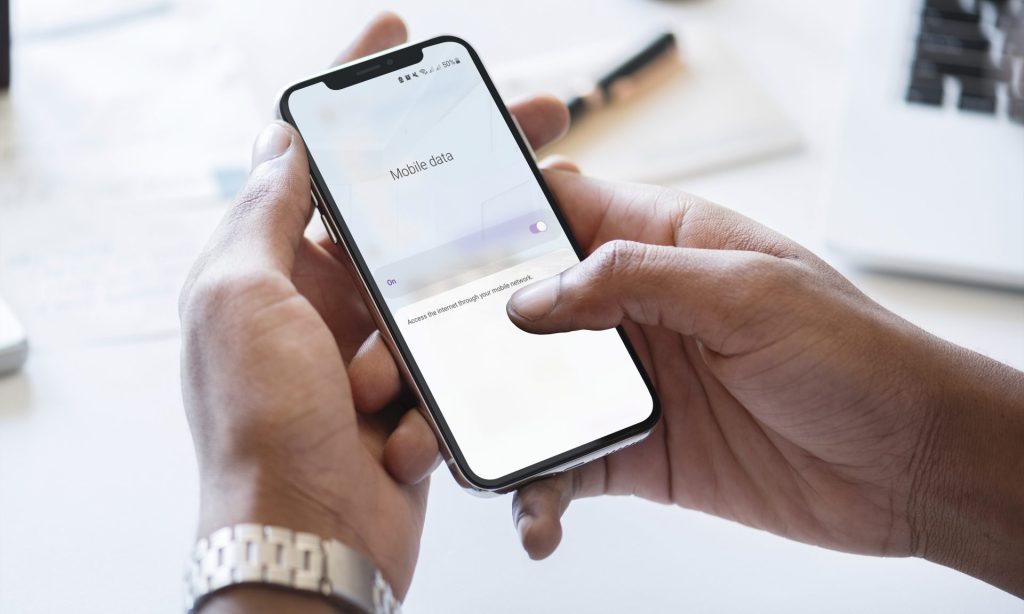
Data not working: When you get your first smartphone, cellular data, mobile data, or whatever you want to call it, it’s one of those things that becomes a life requirement. Only until you lose the connection that you realize you have no idea where you’re going without Google Maps, no idea what to read without Facebook, and no idea how to contact people without Messenger.
In other words, when Android’s mobile data stops functioning, it’s a huge deal. Here are some pointers on how to restore it.
- Reset your APN settings
- Manually enter your APN settings
- Delete the Cache Partition in Recovery.
- Reset the Network Connection on Your Phone
- Activate the Correct Network Mode
- Check your mobile data limit
Data not working: Ways To Fix
Reset Your APNs
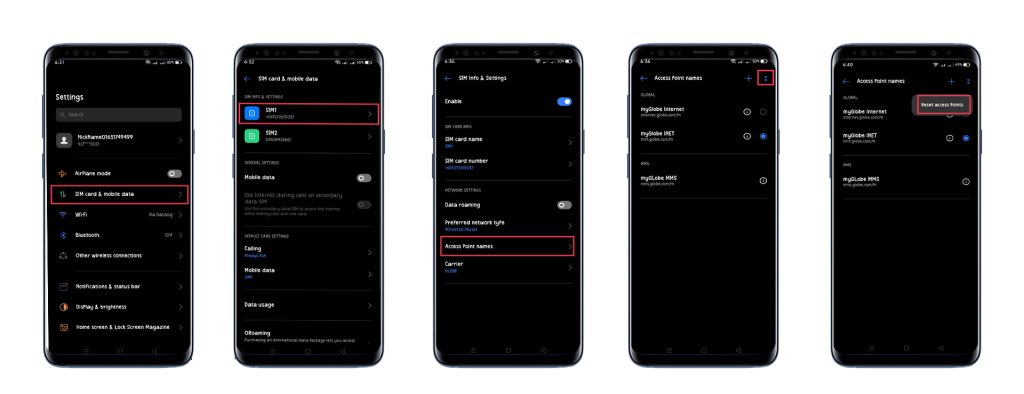
Your mobile network operator uses Access Point Names (APNs) to connect your phone to the mobile Internet. It configures your phone with all necessary parameters, such as IP addresses and gateways, to connect you. This operation, however, may sometimes go wrong and need a reset. The steps are outlined below.
Go to “Settings -> Network & internet -> Mobile network -> Advanced -> Access Point Names” in “Settings -> Network & internet -> Mobile network -> Advanced -> Access Point Names.”
A list of APNs should appear (potentially with only one network). “Reset to default” may be found by tapping the menu symbol in the upper right corner.
APN Protocol may also be configured to IPv4/IPv6.
Although this option isn’t available in all phones’ APN settings, certain smartphones (such as the OnePlus 3) allow you to leave the APN Protocol field blank. If this is the case with your network’s APN settings, change it to IPv4/IPv6. Similarly, make sure that additional gadgets state this rather than simply one of the two.
Manually enter your APN settings.
After an Android software update, it’s very unusual for your APN settings to get messed up, and if a simple reset doesn’t cure the issue, you may need to input your APN address manually.
Fill in all of your network’s APN information, which you should be able to obtain on the carrier’s official website. You may also go at this list of APN settings for national carriers in the United States, the United Kingdom, India, and other countries. Save your updated APN settings and choose them from your device’s APN list.
Delete the Cache Partition in Recovery.
On your phone, the cache – where data for different applications and processes is kept, activating automatically so that these apps and processes boot up more rapidly on your device takes up a significant percentage of your device’s memory. However, as some Android users have noticed, mistakes in the cache may cause critical operations.
Clear the system cache partition, which can be accessed from your phone’s recovery screen, to repair this. The process for getting to your recovery differs per phone, however on a standard stock Android handset, do the following:
When you turn your phone back on, hold down the Power and Volume Down keys until the Android droid appears on your screen.
To go to “Recovery Mode,” use the volume buttons. It might say “No command” on the following screen.
If you see this, try holding various volume and power buttons combinations until you reach recovery mode.
Holding the Volume UP and Power buttons together worked as a bypass.
Once you’re in recovery mode, press and hold the volume buttons to pick “wipe cache partition” or “wipe cache,” then press and hold the power button to select the choice.
It should just take a few seconds to complete the procedure. Restart your phone after it’s finished.
Reset the Network Connection on Your Phone
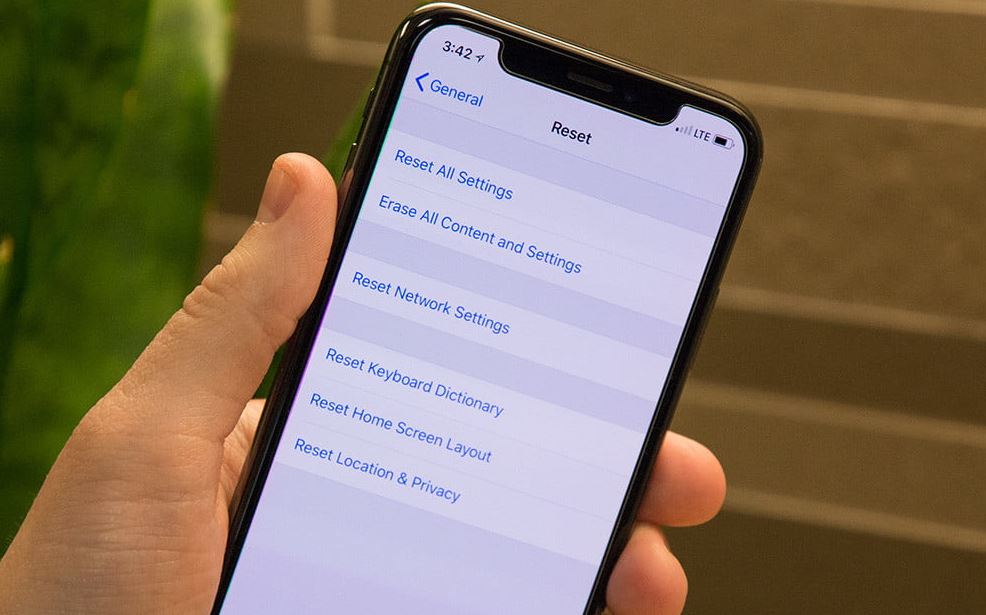
Network connection issues might be resolved by resetting the network settings on your Samsung phone.
All network settings, including stored Wi-Fi networks and Bluetooth connections, will be deleted if you do this operation. No applications, data, or contacts will be deleted.
Settings > Tap General management > Tap Reset > Tap Reset network settings > Tap Reset settings > Reset.
Activate the Correct Network Mode
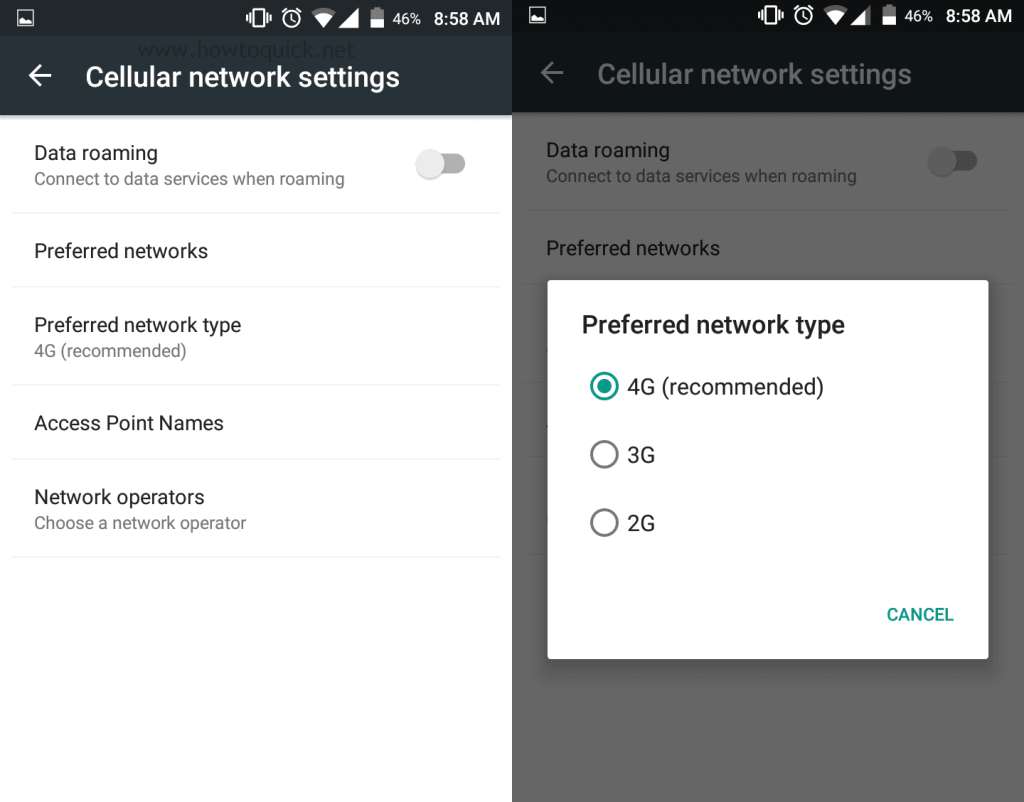
To begin, it’s possible that your phone’s network mode (3G, 4G, etc.) was adjusted to one that doesn’t provide good coverage during an update or simply in the phone’s default settings.
To get that 4G, make sure 4G is chosen in your network options if you have a 4G phone. Alternatively, if your phone isn’t 4G, but you’re running an OS that supports it as a network mode, your phone may be attempting to connect to 4G signals that it isn’t capable of receiving.
It’s easy to alter this. Switch to the network type that best matches your phone under “Settings -> Network & Internet -> Mobile network -> Preferred network type.
Check your mobile data limit by re-inserting your SIM card.
You may establish your mobile data restrictions and get notifications when you’re close to hitting your limit on any Android phone. These aren’t usually enabled by default, but it’s possible that you set a limit before, increased your tariff, and neglected to adjust your mobile data limit. To double-check, go to:
“Settings -> Network & Internet -> Mobile network” is where you’ll find it.
Ensure “Mobile data” is enabled before selecting “Data warning & limit.”
Make sure that “Set data limit” is turned off, or at the very least that it isn’t lower than the limit set by your network.
Conclusion
You should be able to reconnect your mobile network to the internet by using all of the methods and tactics provided in this post. However, if nothing else works, you might seek help from your network provider. You might also switch to a different cell network to verify whether the issue is related to your SIM card. If you have any questions, let us know in the comment section below!

